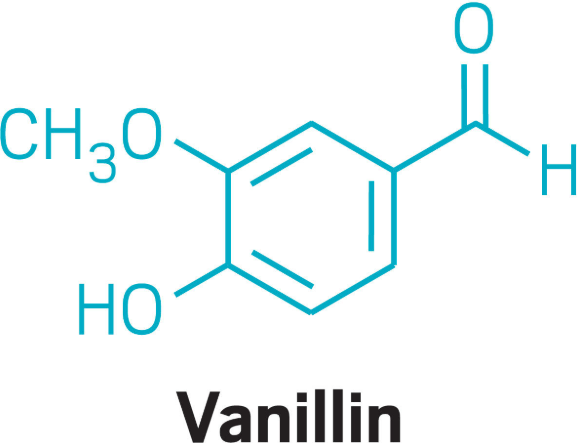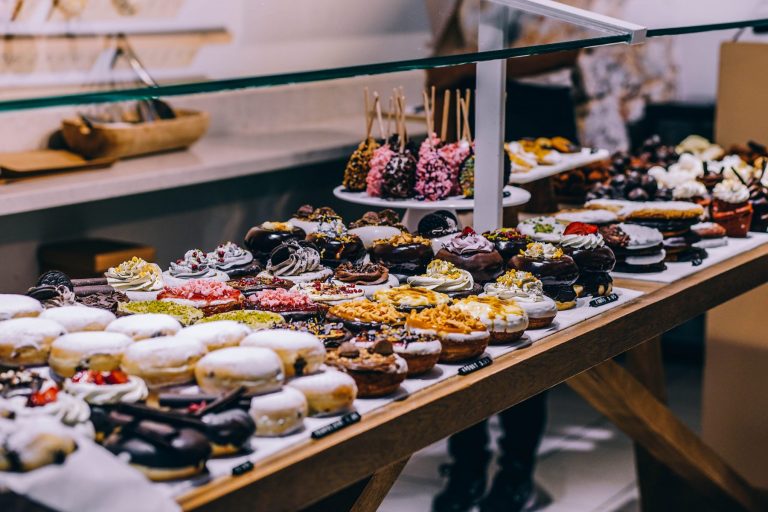
Vanillin, the compound responsible for the sweet, creamy aroma of vanilla, is a staple in kitchens, bakeries, and food manufacturing. But as consumers increasingly demand transparency about their food, one question arises: Is vanillin natural or artificial? The answer isn’t black-and-white—it depends on its source and production method. In this blog, we dive into the science, sourcing, and sustainability of vanillin to help you make informed choices.
What Is Vanillin?
Vanillin (C₈H₈O₃) is the primary flavor compound in vanilla beans, which are derived from the orchid Vanilla planifolia. Natural vanilla extract contains hundreds of flavor compounds, but vanillin is the most prominent. However, less than 1% of vanillin used globally comes directly from vanilla beans due to the plant’s labor-intensive cultivation and high cost.
Natural Vanillin: Rare and Resource-Intensive
Natural vanillin is extracted from vanilla beans through a lengthy process of harvesting, curing, and solvent extraction. Key facts:
- Source: Vanilla orchids, primarily grown in Madagascar, Mexico, and Tahiti.
- Cost: Vanilla is the second-most expensive spice (after saffron), with prices fluctuating due to climate change and crop shortages.
- Purity: Natural vanillin is often mixed with other compounds, giving “pure vanilla” its complex flavor profile.
While natural vanillin is prized for its authenticity, its scarcity drives the need for alternatives.
Artificial Vanillin: The Science of Sustainability
Over 99% of vanillin consumed today is synthetic. Modern methods produce it efficiently and cost-effectively:
- Lignin-Based Vanillin: Derived from wood pulp (a byproduct of paper manufacturing), using chemical processes to break down lignin.
- Guaiacol-Based Vanillin: Synthesized from petrochemicals or fermented using genetically modified microbes.
- Fermentation: Emerging biotech methods use yeast or bacteria to convert plant sugars into vanillin, marketed as “natural flavoring” in some regions.
Chemically, synthetic vanillin is identical to its natural counterpart. The difference lies in its origin, not its molecular structure.
Natural vs. Artificial: Safety and Regulations
Both natural and artificial vanillin are deemed safe by regulatory bodies like the FDA and EFSA when used within approved limits. However, debates persist:
- Allergens: Synthetic vanillin may contain trace residues from production processes, though allergic reactions are rare.
- Labeling: In the EU, vanillin from lignin or guaiacol is labeled as “artificial,” while fermentation-derived vanillin can be called “natural.” In the U.S., the term “natural flavor” is broader and less strictly defined.
- Sustainability: Synthetic vanillin reduces pressure on vanilla farms, but petrochemical-based methods raise environmental concerns.
Ethyl Vanillin: A Stronger Synthetic Cousin
A related compound, ethyl vanillin (C₉H₁₀O₃), is entirely synthetic and 3–4 times more potent than regular vanillin. It’s commonly used in chocolates and candies but lacks the nuanced flavor of natural vanilla.
How to Identify Vanillin in Products
Check ingredient labels for these terms:
- Natural Vanillin: “Vanilla extract,” “natural vanilla flavor.”
- Synthetic Vanillin: “Artificial vanilla flavor,” “vanillin.”
- Ethyl Vanillin: Listed explicitly as “ethyl vanillin.”
The Future of Vanillin: Innovation Meets Demand
As consumers seek clean-label products, companies are exploring sustainable solutions:
- Cell-Based Vanilla: Lab-grown vanilla cells to replicate natural flavor without farming.
- Waste Upcycling: Converting agricultural byproducts (e.g., rice bran) into vanillin.




